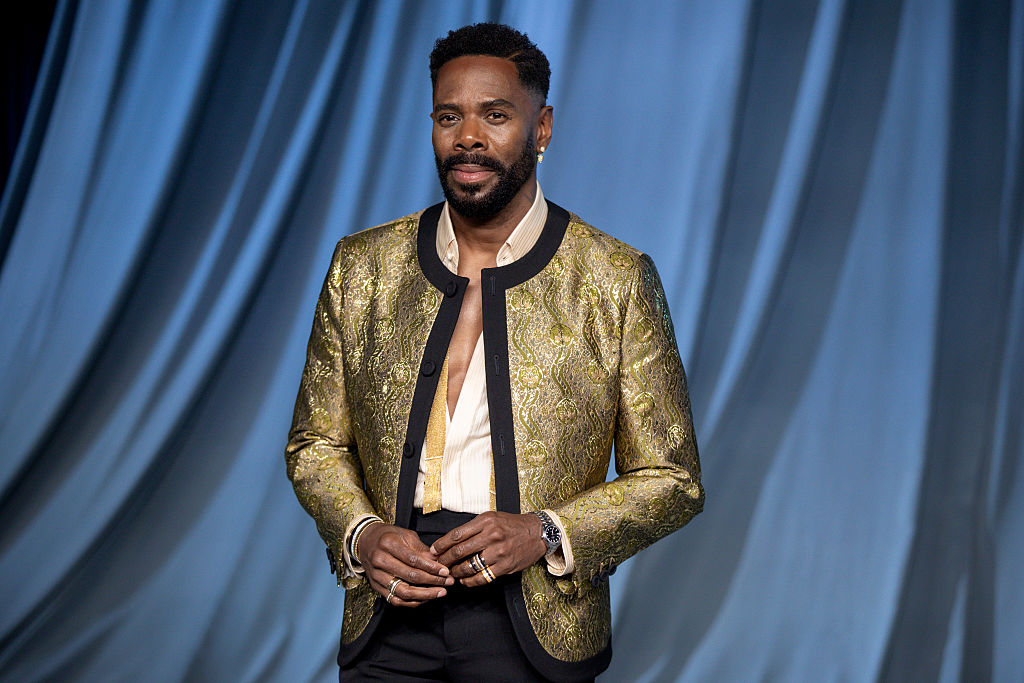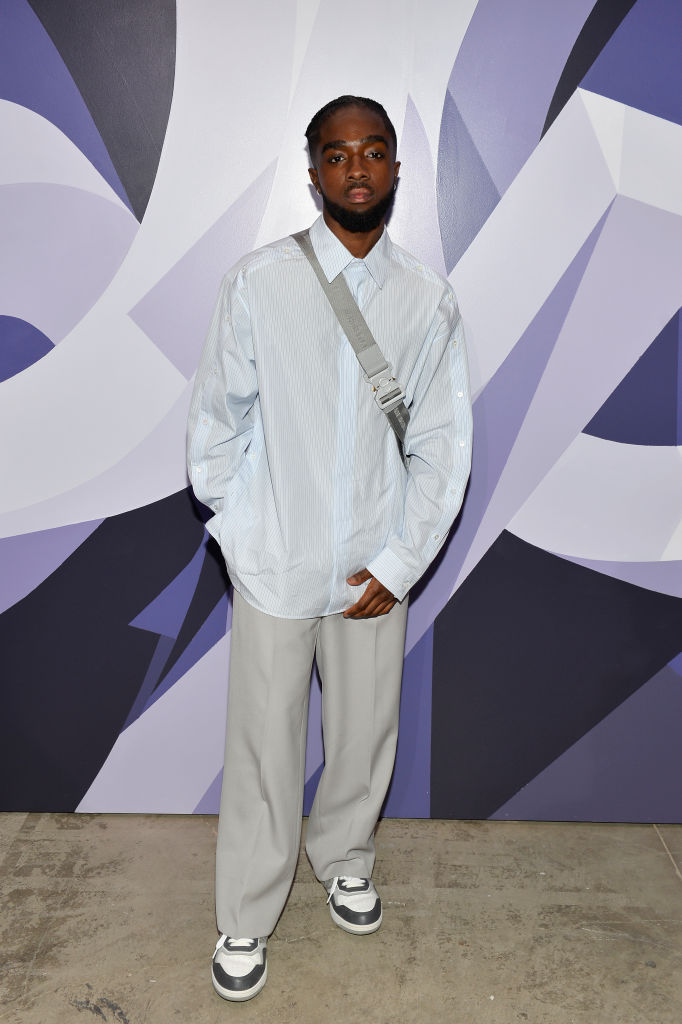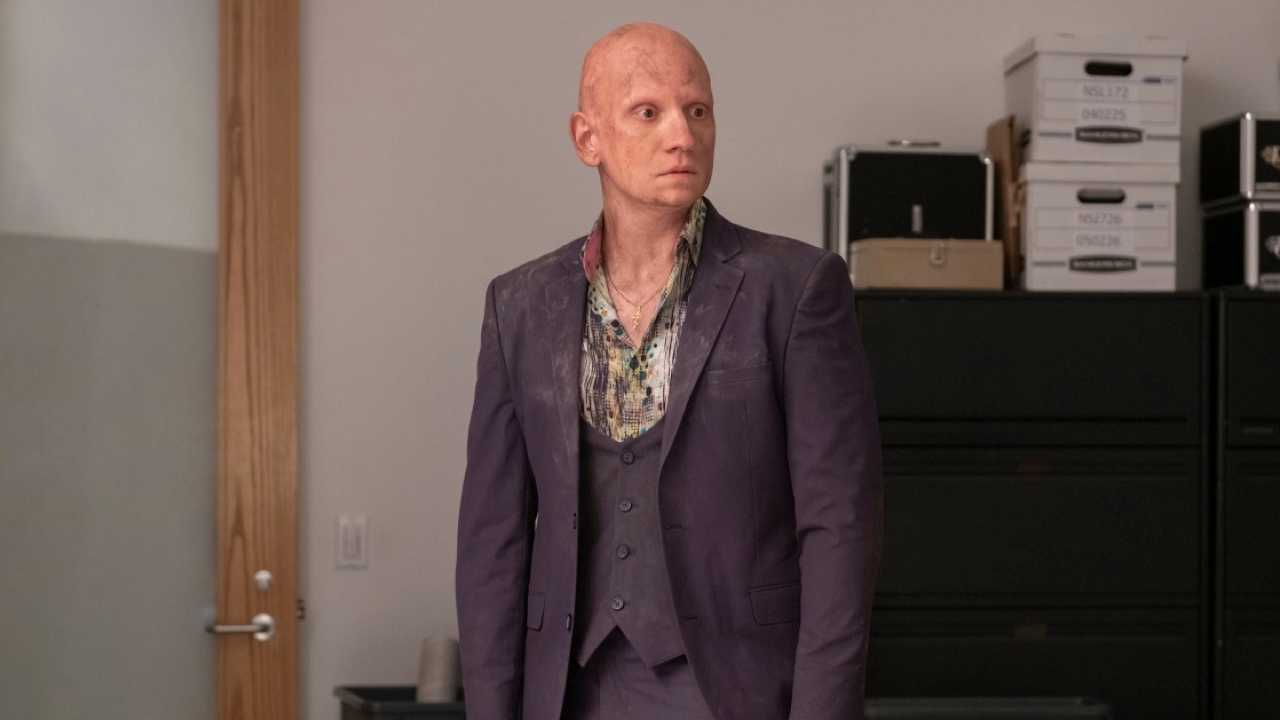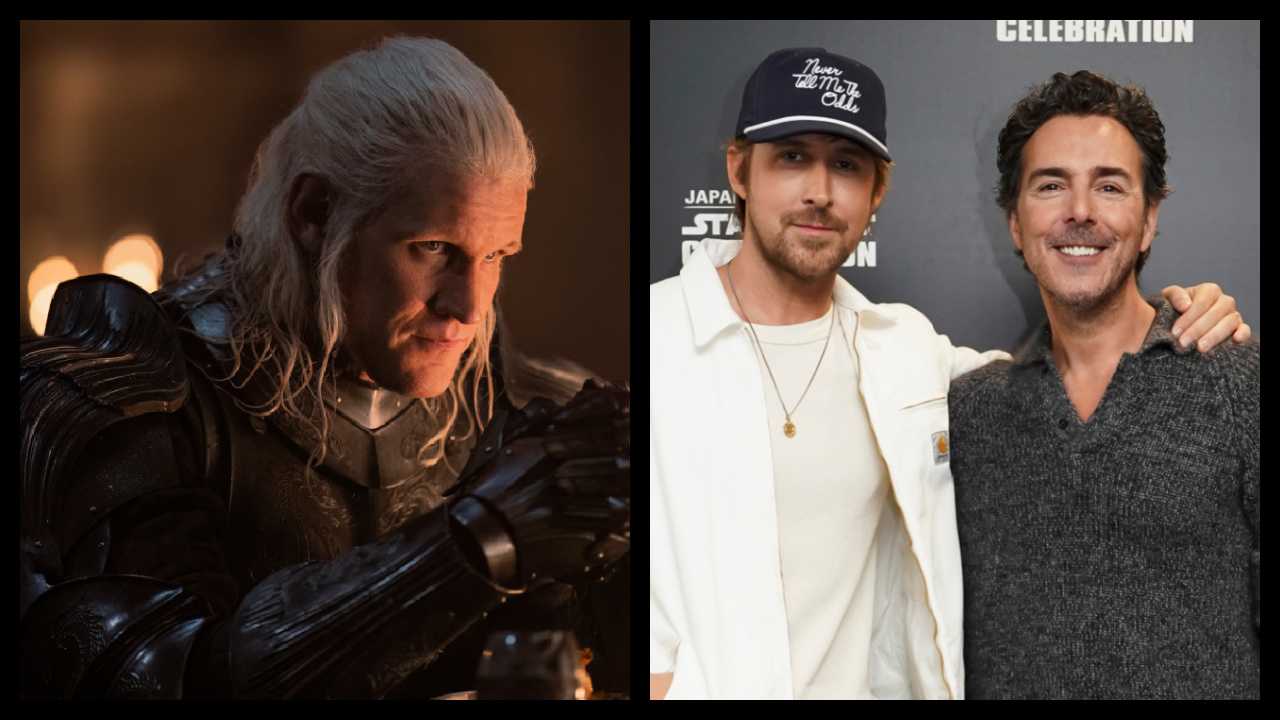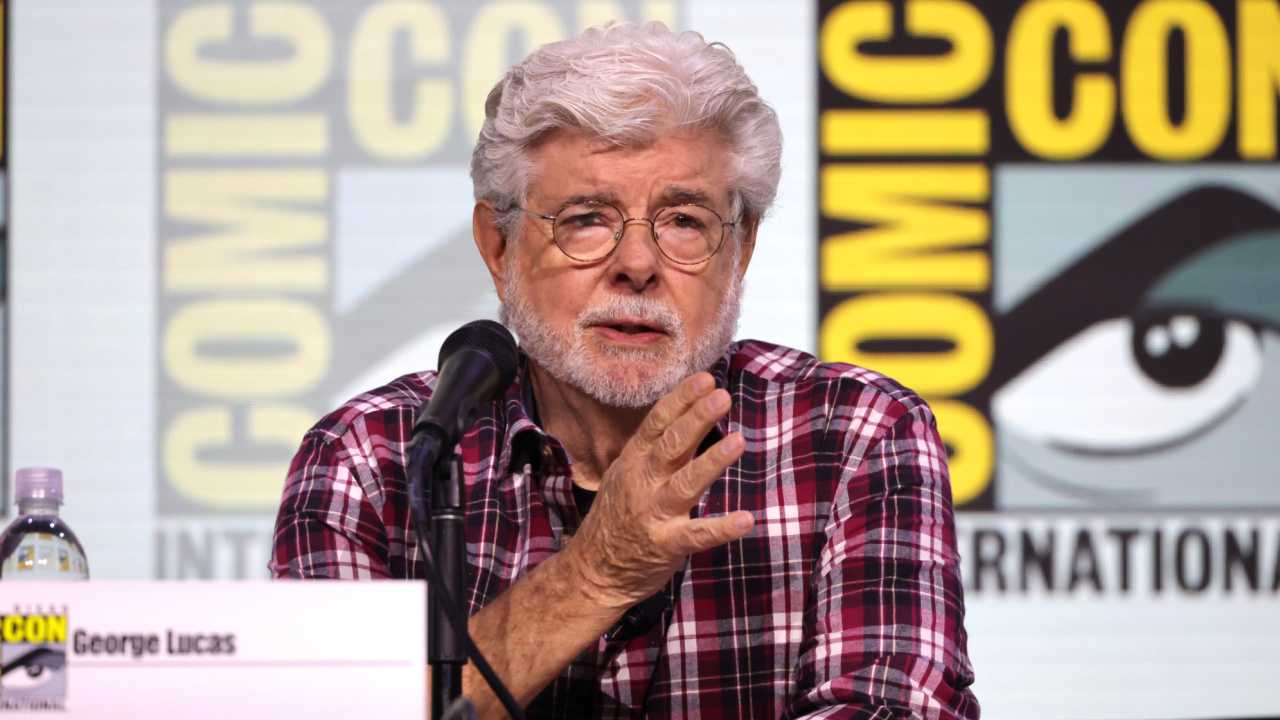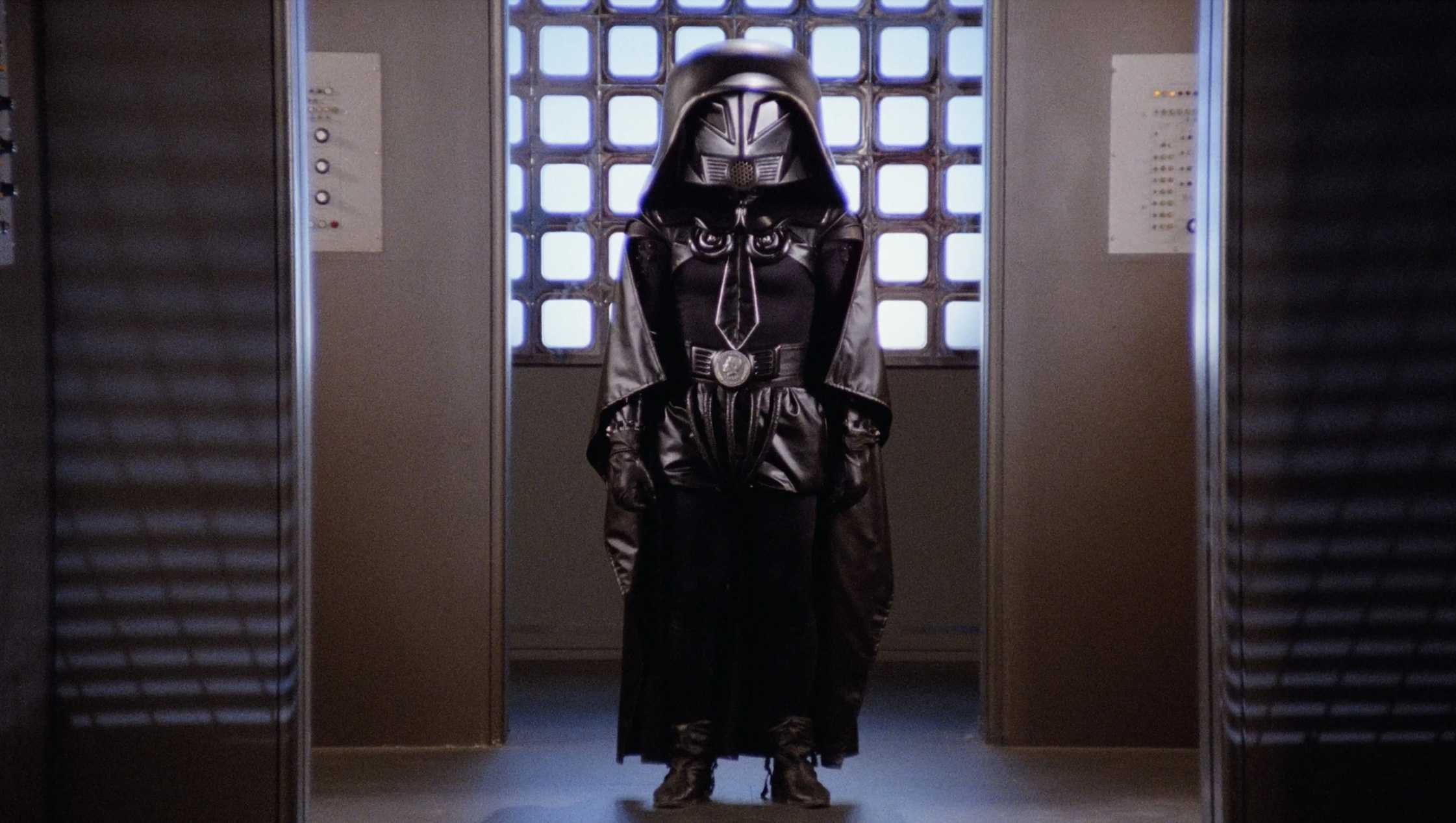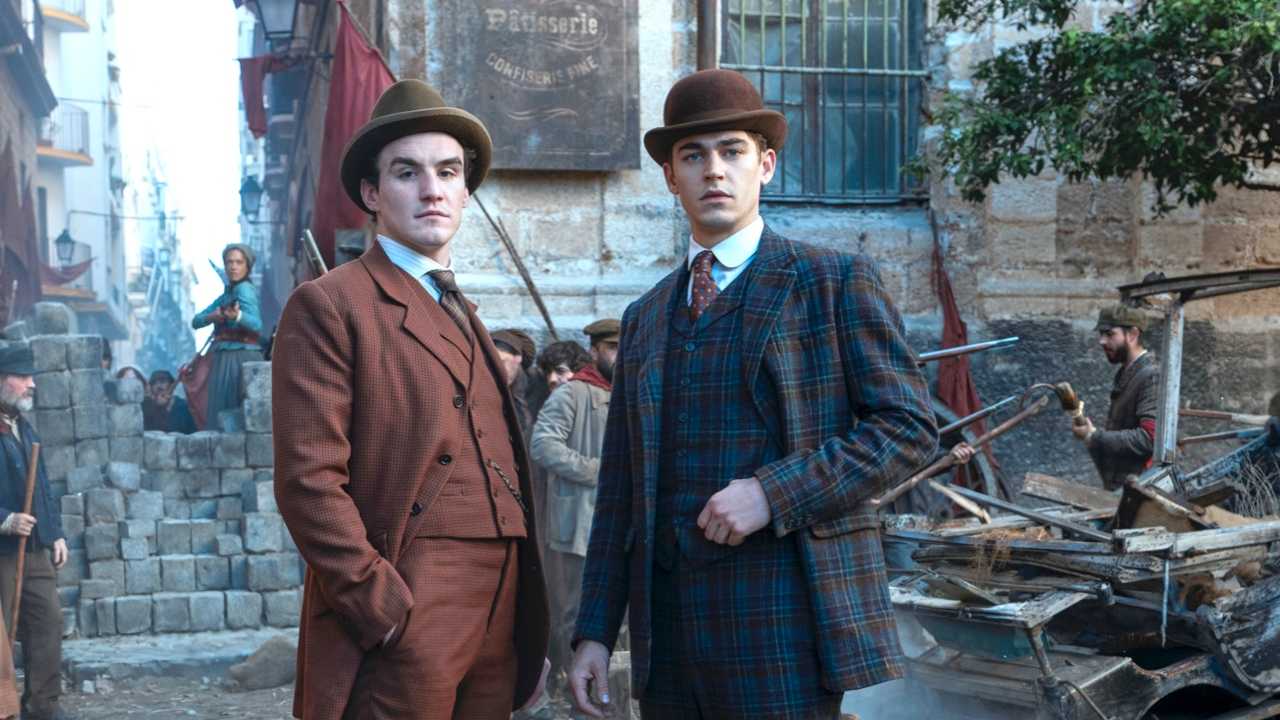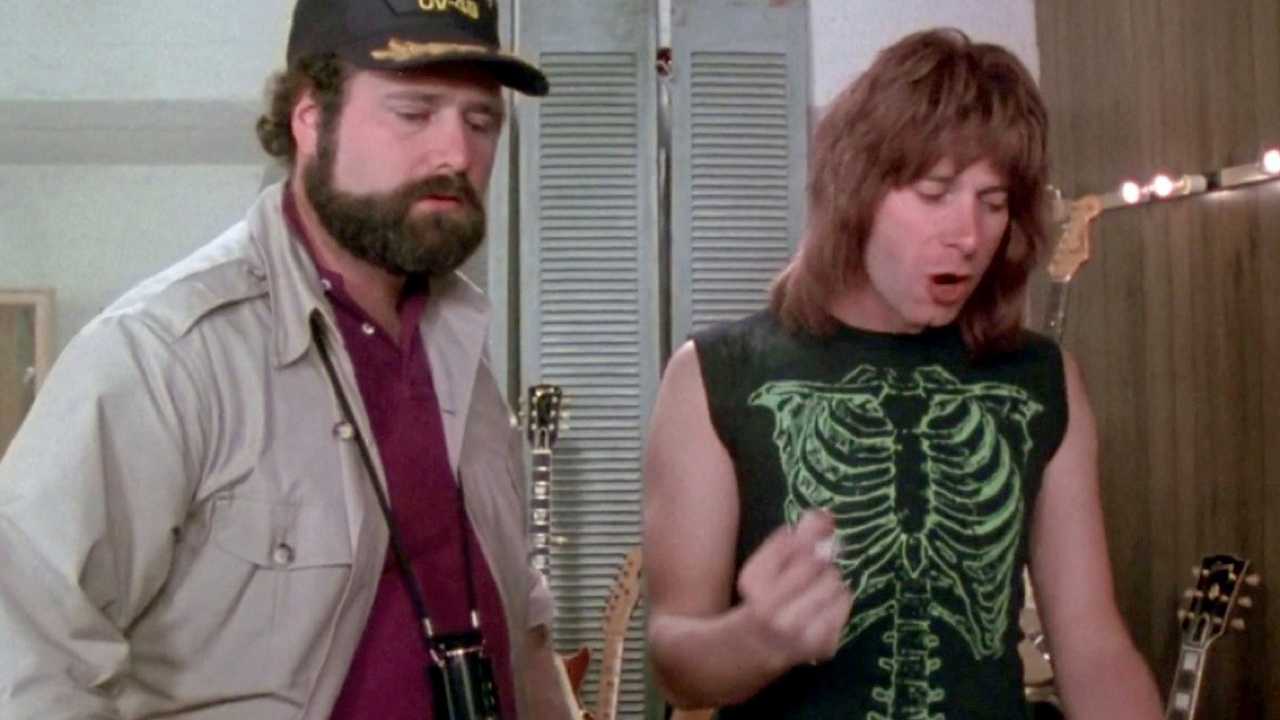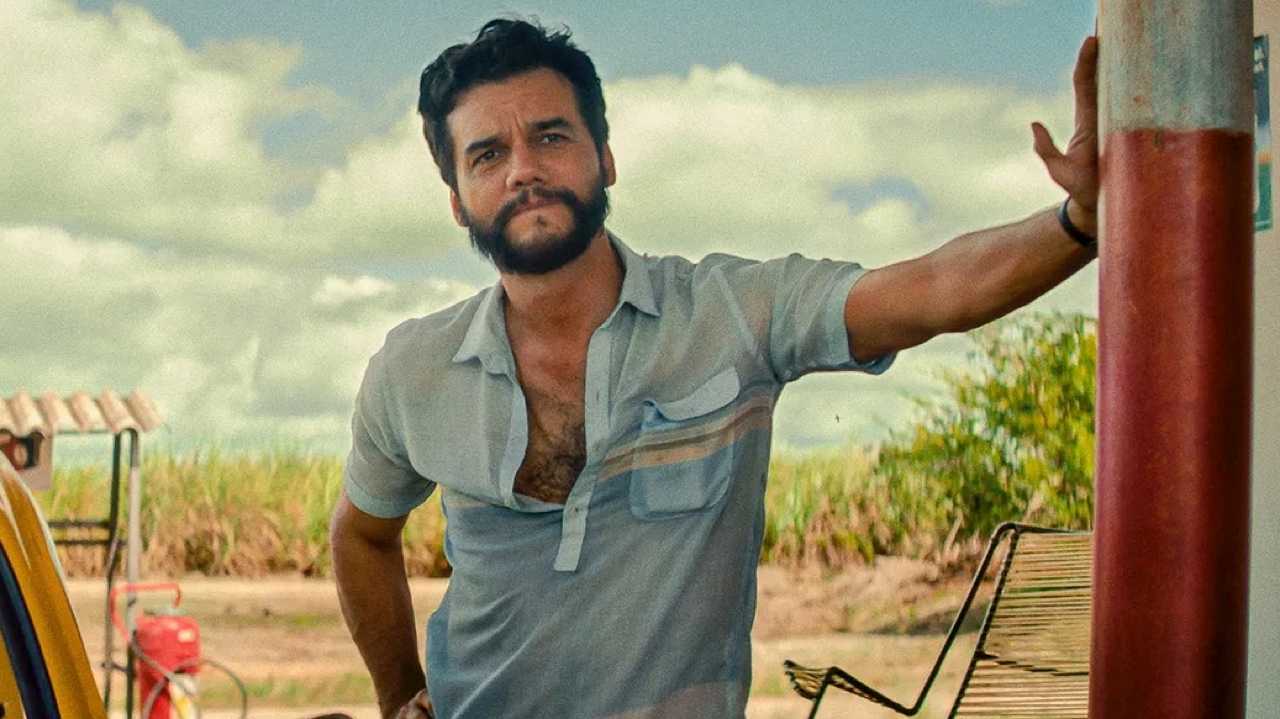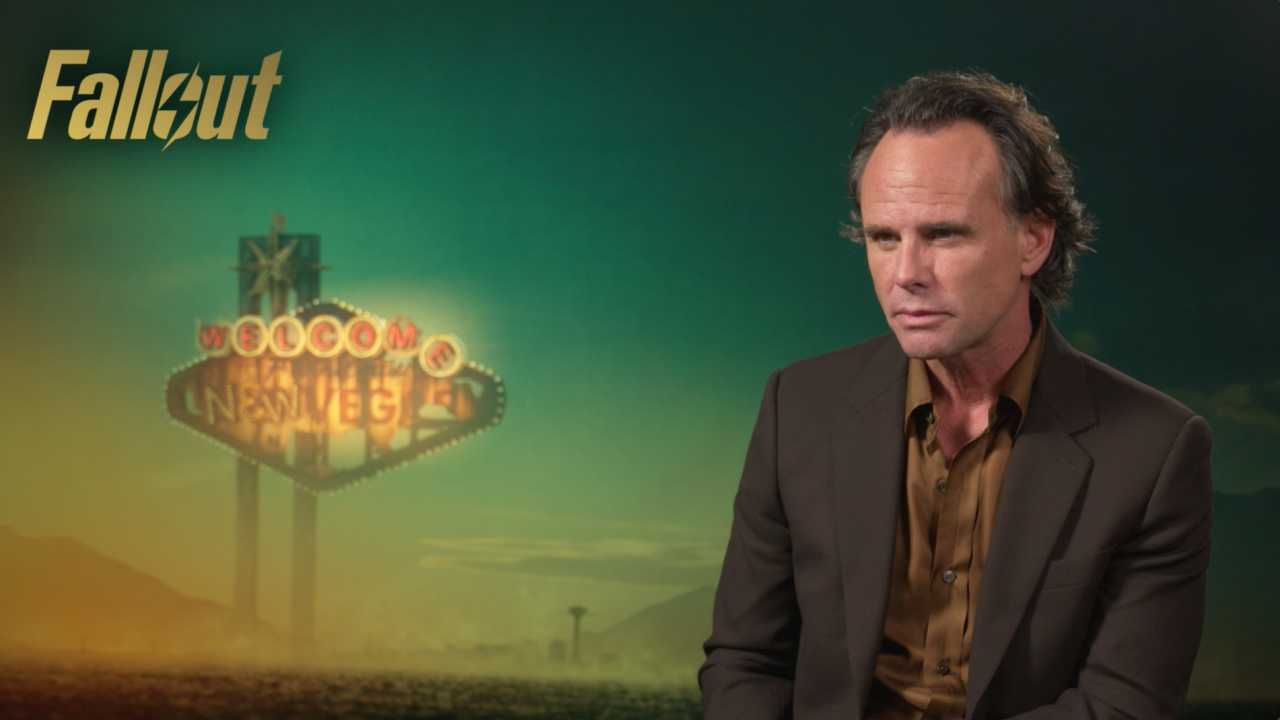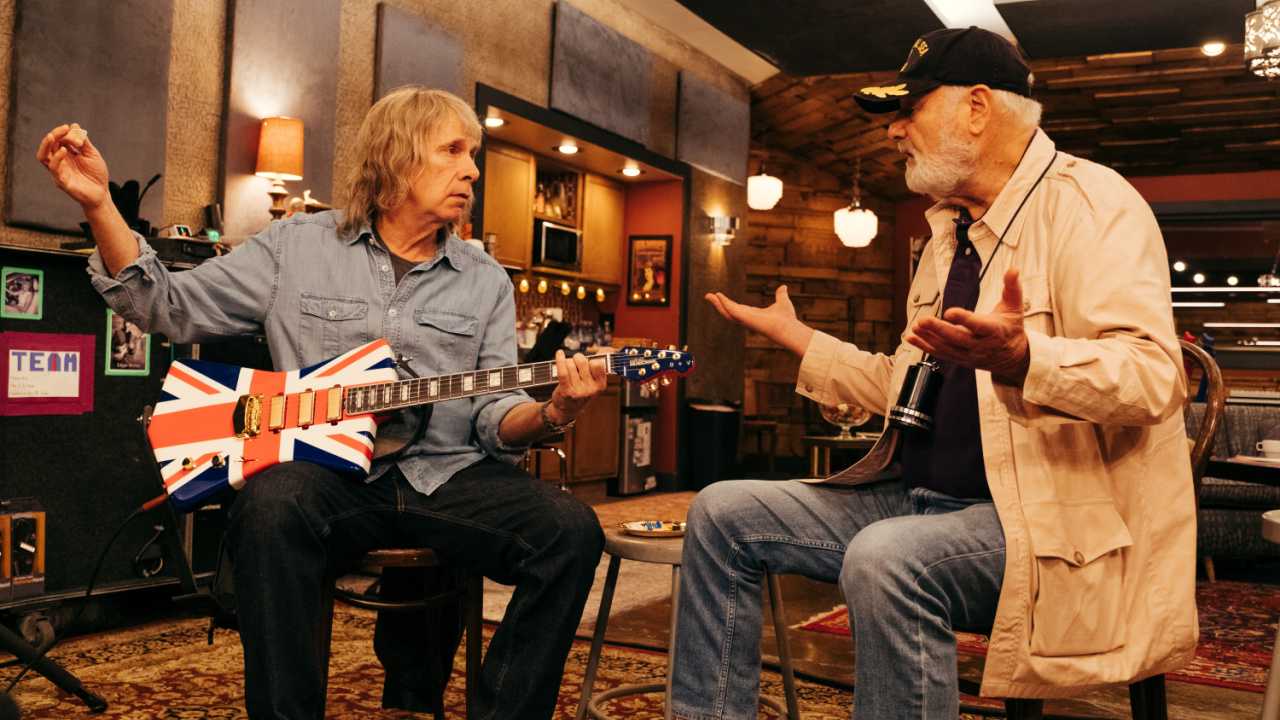The Weirdest Non-'Star Wars' George Lucas Projects

'More American Graffiti' (1979)
Ill-conceived at the very least, catastrophic at the worst, it's still hard to get over the fact that Lucas made a sequel to his beloved teenage drag-race movie "American Graffiti," especially since at the end of that movie, there were little cards that said what happened to each character. And while the first film was bittersweet, the sequel is an out-and-out bummer (there's an entire section set in Vietnam and filmed to resemble war footage). The fact that almost everybody returned from the first film is even more baffling (there couldn't have been contractual obligations, especially considering how out-of-left-field the first film was). When Lucas was mounting the "Star Wars" prequels he would often cite the film as an example of what happens when you make a follow-up and "nobody shows up." A similar fate should have befallen his shameful prequels but, unfortunately, America loved pod-racing too much.
'Twice Upon a Time' (1983)
Lucas has produced more mainstream animated efforts (like the Steven Spielberg-supervised "Land Before Time") but his first attempt at animation is this surreal, stop-motion animated marvel that has been virtually unseen since a DVD/laserdisc release in the early '90s. The film stars Ralph, the All-Purpose Animal, a kind of amorphous figure voiced by Lorenzo Music (the voice of Garfield the cat on the animated series) and his silent Chaplinesque mime buddy Mumford, as they attempt to save the world from a series of never-ending nightmares (literally). The animation is hard to describe, even more so because, thanks to issues with licensing (there's a robotic gorilla character whose face is a television screen that shows clips from famous movies, including Lucas's own "Star Wars" and "Raiders of the Lost Ark") and internal creative differences (the director and producer had competing cuts of the movie), it's virtually impossible to find/see. The best way to describe the animation is somewhat in the style of "South Park"/Terry Gilliam's Monty Python stuff, with occasional interactions with live action characters and general weirdness. It's really beguiling and animation nerds often cite it as one of the more important stop motion films of all time.
'Captain EO' (1986)
Disney in the '80s was desperate for solid intellectual properties, since the company had more or less floundered creatively since Walt died in the '60s. In 1984, Disney installed a pair of young buck executives named Michael Eisner and Jeffrey Katzenberg, to course correct the sinking ship. One of the things they did, realizing that they didn't have any properties of their own that would make for suitable theme park experiences, was reach out to George Lucas. The collaboration yielded only a handful of projects (maybe the most bizarre of which, an immersive experience called the ExtraTERRORestrial Alien Encounter, is deserving of its own piece), but none was as zeitgeist capturing as "Captain EO." This was a film directed by Francis Ford Coppola, who begrudgingly took the job to reestablish his Hollywood bona-fides after some notable commercial flops and starring Michael Jackson, who at the time was the biggest entertainer in the world. The 15-minute-long 3D movie, featuring technology that was genuinely ahead of its time, followed Jackson as "the infamous Captain Eo," a starship pilot who leads a band of misfits to liberate an oppressed planet ruled by an H.R. Giger-influenced queen (played by Anjelica Huston). Said liberation is obviously accompanied by lots and lots of dancing. The movie is pretty nonsensical, although it's still a total hoot, and its reputation as a wildly over-budget vanity project has only intensified over the years. Recently comedian Doug Benson recorded a podcast recounting his experiences as an untrained extra who was paid $50 after the production went so over-budget that they couldn't afford to pay actual dancers. When accusations of child abuse piled up against the performer, Disney removed the attraction from its parks, but following his death (and aided by a surge of glittery nostalgia), Disney put the show back in. Now it's gone, probably for good. Here's hoping for some kind of 3D Blu-ray release. Or something.
'Howard the Duck' (1986)
It's funny how much sense a "Howard the Duck" movie makes now, and how little sense it made back then. The reason it makes sense now is the character, created by Steve Gerber and Val Mayerik, would riff endlessly on world events and other characters in the Marvel library. If you introduced him today (or, say, gave him away as an Easter Egg in "Guardians of the Galaxy"), he could interact with the shared Marvel Cinematic Universe. But in the '80s, he was just some little person in a robotic suit who faced off against Jeffrey Jones turning into an evil space monster. The tone-deaf script is a wince-inducing look at all things '80s (Thomas Dolby wrote songs for the movie for crying out loud) and the primitive visual effects certainly didn't help matters. "Howard the Duck" is largely ridiculed as one of the biggest box office disasters of all time and rightfully so. It's not the kind of movie that deserves reappraisal or die-hard fans. It's just bad. And hard to understand what Lucas was thinking.
'Labyrinth' (1986)
The blueprint for "Labyrinth" is almost identical to "Captain EO": take an insanely charismatic pop performer (this time David Bowie), partner him with a visionary filmmaker (Jim Henson) and wrap the whole thing up in a fantasy that combined contemporary music with an otherworldly location. But whereas "Captain EO" had millions of viewers, guaranteed, each and every day, nobody really showed up to "Labyrinth." The movie is endlessly charming (and "Strange Magic" Gary Rydstrom has cited it as a chief influence) but overly long and sometimes way too dark. In the great Jim Henson biography from a couple of years ago, there are terrific stories about Mike Nichols collaborator Elaine May working fiendishly to corral a number of scripts (including one by Monty Python album Terry Jones) into something that could be feasibly filmed. The movie always seems to be going a number of different directions at the same time, with its fantastical medieval setting and David Bowie songs and young Jennifer Connelly searching for her missing baby brother.
'Powaqqatsi' (1986)
Imagine weird surveillance footage, sped up to ludicrous speeds and set to a propulsive Phillip Glass score and you get the idea for "Powaqqatsi," an experimental, non-narrative feature that Lucas lent his name to in order to secure funding. It might be the kind of thing that you watch in film school and never sit down to view again, but it's an undeniably provocative, hypnotic affair, beautifully captured in a Criterion box set from a few years ago.
'Willow' (1988)
The edict for "Willow" was simple: make a movie for Warwick Davis, the diminutive star of Lucas's "Return of the Jedi." So "Willow," a medieval fantasy, co-starring Val Kilmer and Joanne Whalley, was dreamed up by Lucas and directed by Ron Howard, who later admitted that he probably shouldn't have done it since he just kept thinking "What would George do?" instead of actually directing it for himself. The movie has a number of mild pleasures, mostly relating to the fact that the main character is a little person, plus some then-cutting-edge visual effects from Lucas's Industrial Light & Magic. Oh, and there's a character named after film critic Pauline Kael and a dragon named after Siskel and Ebert, which is pretty funny.
'Radioland Murders' (1994)
Lucas loves old-timey things, so it's not much of a surprise that he would mount an ambitious slapstick comedy based around radio serials (and partially influenced by an old Abbott and Costello movie). Originally conceived in the early '70s, with Lucas directing from a script by frequent collaborators Willard Huyck and Gloria Katz, the script went through a number of revisions and alterations until Lucas felt that, with advancements made in computer generated imagery (by his company Industrial Light & Magic), he could make the movie for a relatively small budget. British television director Mel Smith stepped in for Lucas, with Brian Benben and Mary Stuart Masterson starring as a warring couple on the brink of divorce who are foced to deal with a series of murders at a radio station. This is actually one of the weirder Lucas projects that actually works, although you wouldn't know it by the critical reaction or box office. There's a manic energy to the movie that is positively infectious and the effects are pretty remarkable, especially for the time period.
'Hook' (1991) and 'Beverly Hills Cop III' (1994)
Everyone knows that George Lucas is a creative visionary and deft businessman, able to own and operate a handful of complementary businesses while always growing his personal and creative brand. But did you also know he was an actor? Why yes! In "Hook," directed by his good pal Steven Spielberg, Lucas is credited as the "Man Kissing Bridge." Not sure if this means that he was a man kissing someone on a bridge or if he was a man who gained sexual arousal by kissing bridges, but either way it sounds pretty great. Also in "Beverly Hills Cop III" he plays "Disappointed Man," a look that Lucas would come to know intimately after the prequels were released and he had crushed countless childhood memories. It should also be noted that appeared on episodes of "The OC," "Just Shoot Me," and "Robot Chicken" as himself.
'Red Tails' (2012)
Apparently, World War II was exactly like "Star Wars," or at least that's how Lucas felt when he launched this "passion project" that he produced and, eventually, when director Anthony Hemingway (known for helming memorable episodes of "The Wire") got hung up, stepped in, and directed whole swaths of. The true story of a squadron of all-black fighter pilots during World War II is certainly riveting, but under Lucas's guidance the air skirmishes become computer-generated free-for-alls. It's seriously insane to see one of the greatest conflicts in American history rendered as a zooming, technologically advanced thrill-fest. Lucas wanted this to be the first film in a series; audiences disagreed.


